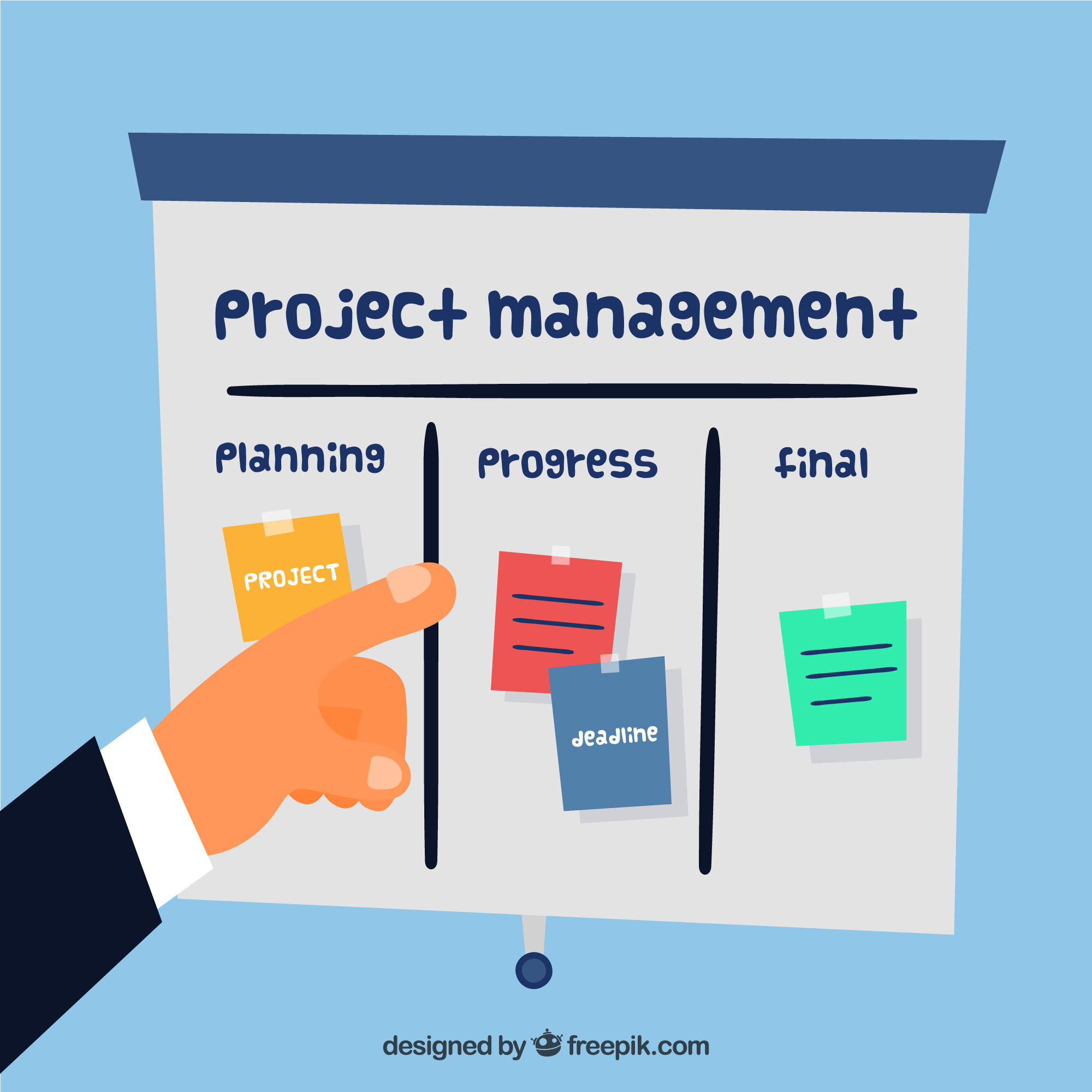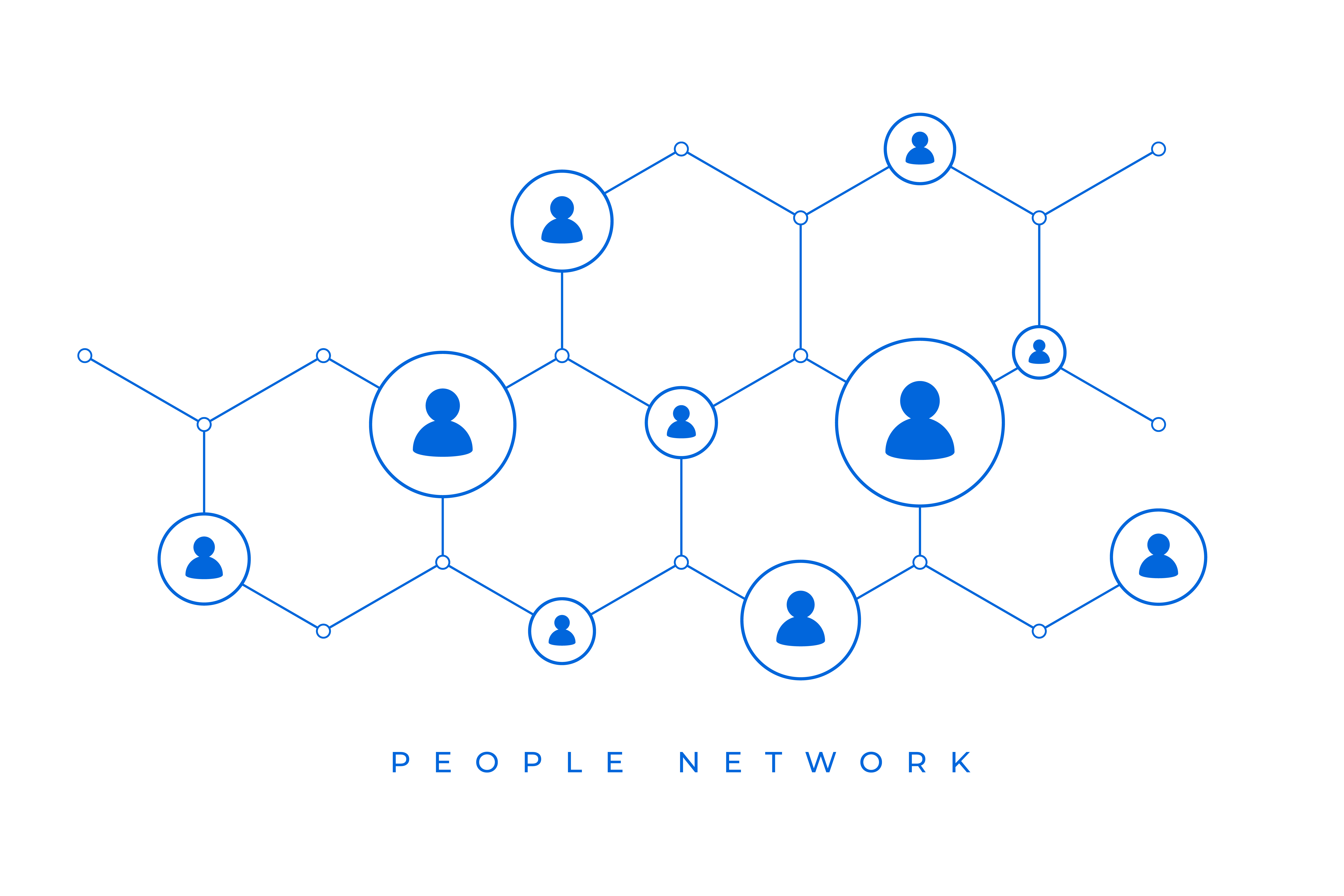Critical Thinking in the Workplace
- Author :
- Date : 09 Aug 2025
- Time : 7 Min to read

Critical Thinking in the Workplace: Making Better Decisions Under Pressure
In today's dynamic business environment, the ability to make clear, effective decisions under pressure is a vital professional skill. Critical thinking empowers you to analyze complex situations, evaluate solutions, and act with confidence—even when the stakes are high. This blog delves into proven techniques to sharpen analytical skills, enhance decision-making abilities, and foster a mindset that thrives in challenging work scenarios. Whether you're a manager, team leader, project coordinator, or emerging professional, mastering critical thinking is your key to unlocking exceptional career outcomes.
Core Techniques to Enhance Your Analytical Skills
1. Apply the "Five Whys" Method
- Originated in Lean Six Sigma and Kaizen, the "Five Whys" technique helps trace issues to their root cause.
- Example: If a project misses a deadline, ask "Why?" until you uncover fundamental factors—lack of clarity, communication breakdown, resource constraints—to prevent recurrence.
2. Use SWOT Analysis Regularly
- SWOT (Strengths, Weaknesses, Opportunities, Threats) breaks down challenges for systematic evaluation.
- Application: Before starting a project, draft a mini-SWOT to identify internal capabilities, external risks, strategic opportunities, and potential obstacles.
3. Embrace Data-Driven Decision Frameworks
- Leverage tools like decision trees, weighted scoring models, or cost-benefit matrices to quantify variables and reduce bias.
- Example: Assign quantitative scores to vendor options based on cost, reliability, and scalability for transparent decision making.
4. Practice "Premortem" Analysis
- Before implementing a plan, envision a future failure scenario. Ask, "If this fails, why?"
- Identify risks in advance—such as unforeseen market shifts or stakeholder resistance—and proactively address them.
5. Cultivate Mental Models
- Mental models—such as Pareto Principle (80/20 rule), Opportunity Cost, Confirmation Bias—simplify thinking and inform forecasting.
- Applying these frameworks helps reduce cognitive load and improves strategic analysis.
Decision-Making Under Pressure: Strategies for High-Stakes Scenarios
Maintain Mental Clarity
In high-pressure moments, take a structured pause. Jot down priorities, assess available facts, and resist impulsive actions.
Engage Diverse Perspectives
Consult teammates, peers, and mentors to gather multiple viewpoints and surface blind spots. Rotate responsibilities like stakeholder liaison or risk assessment to broaden input and reduce biases.
Simulate Decisions Through Role-Play
For upcoming presentations or negotiations, run through scenarios with trusted colleagues. This prepares you for surprise angles or pressure tactics.
How to Embed Critical Thinking in Daily Work
| Technique | Description | Benefit |
|---|---|---|
| Daily Journal | Log decisions, reasoning processes, and outcomes. | Builds analytical clarity over time. |
| Weekly "Lessons Learned" | Reflect with your team on project decisions—what worked, what failed. | Reinforces continuous learning culture. |
| Case Study Learning | Analyze past corporate decisions from industry articles or retrospectives. | Learn best practices and pitfalls. |
| Skill Sharpening Workshops | Use role-play or peer demos to strengthen real-world decision-making. | Enables real-time feedback and improvement. |
| Use Checklists | Employ decision-making templates to ensure comprehensive review before finalizing choices. | Improves consistency and minimizes oversight. |
The Role of Mentorship and Collaborative Learning
Seek guidance from experienced mentors who can offer alternative perspectives, challenge your assumptions, and expose you to new analytical tools. A mentor's feedback accelerates development by bridging theory and practical application.
Enhance Your Critical Thinking with Expert Training
Structured learning and expert mentorship can fast-track your ability to make data-driven decisions under stress. Our Project Management Professional (PMP)® classroom course at MentoraX offers a robust foundation in critical thinking frameworks, risk management, and evidence-based decision strategies. In this immersive training you will:
- Learn to apply cost-benefit analysis, SWOT, and risk assessment frameworks to real-world projects.
- Practice making strategic decisions under timed conditions to simulate pressure.
- Receive feedback on your analytical approach, prioritization rationale, and leadership judgment.
Graduates emerge with both the mindset and methods to consistently make better decisions under stress, delivering stronger project outcomes and leading more effectively.
Measuring Your Critical Thinking Progress
1. Self-Assessment Quiz
Rate your frequency using techniques like SWOT, decision trees, and root cause analysis.
2. Peer 360° Feedback
Gather input from peers or managers on clarity, rigor, and bias in your decisions.
3. Track Project Outcomes
Compare estimated vs actual timelines, costs, and risks to evaluate improvements.
4. Maintain a Decision Log
To review trends, recurring missteps, and lessons learned over time.
Real-World Examples in Action
Product Launch Leader
After applying premortem analysis, the launch team detected a major supply chain risk—addressing it early saved both time and cost.
Finance Manager
Using SWOT analysis, the manager identified an overlooked opportunity with a new vendor—resulting in a strategic partnership and 15% savings.
Team Lead
Conducted decision tree modeling before approving a shift in resource allocation. The model clarified trade-offs and secured stakeholder buy-in quickly.
Key Takeaways & Next Steps
- Critical thinking empowers you to analyze data, foresee challenges, and act with clarity.
- Adopt analytical frameworks like root cause analysis, SWOT, and premortems to improve decision quality.
- Reflect on your choices through journaling, lessons learned, and peer feedback to reinforce learning.
- Consider formal training: our Project Management Professional (PMP)® course offers structured guidance and expert coaching to accelerate your critical thinking skills.
By building these analytical habits and complementing them with professional development, you'll be positioned to make smarter decisions—even under pressure—and grow as a trusted decision-maker in your organization.
Related Posts




09 Aug 2025 • 11 Min Read
The Importance of Mentoring: How to Find a Great Mentor and How to Be One
None



09 Aug 2025 • 12 Min Read
The Art of Salary Negotiation: What Every Young Professional Should Know
None







09 Aug 2025 • 8 Min Read
Building a Personal Brand in the Digital Age: A Guide for New Professionals
None



